Can a Lawn Mower Spread Fungus?
A beautiful green lawn is a natural invitation to relax, play and spend time outdoors. However, ensuring your lawn stays healthy requires effort and a lawn care routine, ...

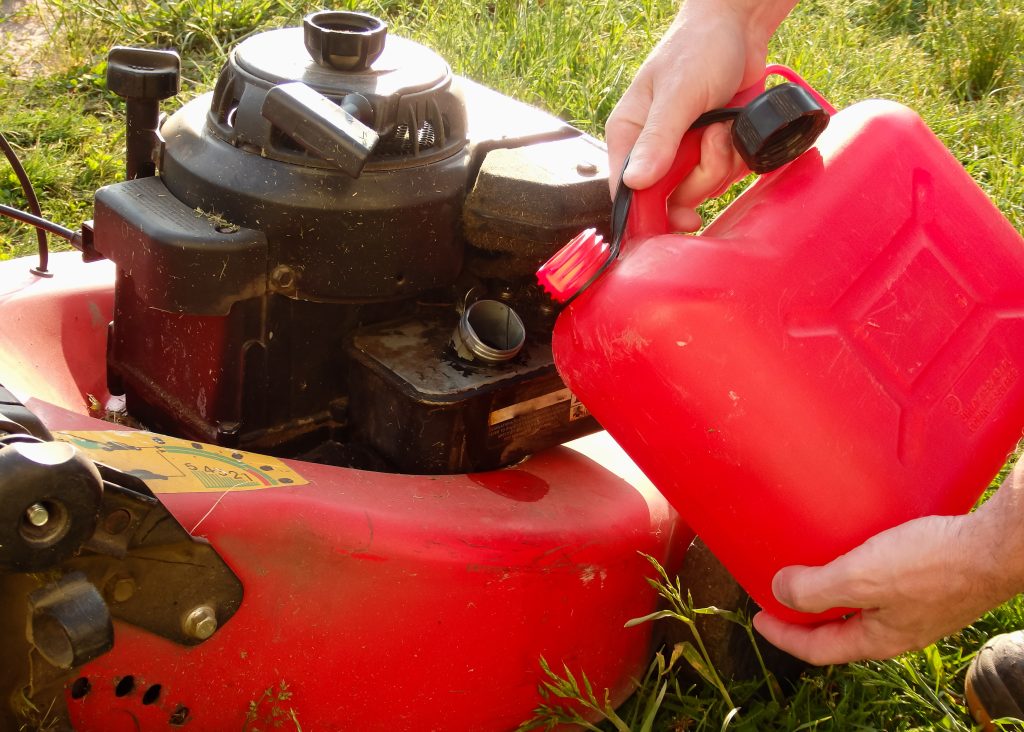 Lawn mower maintenance is essential for being able to keep your lawn looking neat and healthy.
Lawn mower maintenance is essential for being able to keep your lawn looking neat and healthy.
Regular servicing can extend the lifespan of your machine and ensure optimal performance.
However, if you’re not mechanically inclined, the thought of servicing your lawn mower can be a daunting task.
In this article, we will guide you on how to give your lawn mower a service, including essential steps such as cleaning, checking the air filter, changing the spark plug, and some tips to make the process easier.
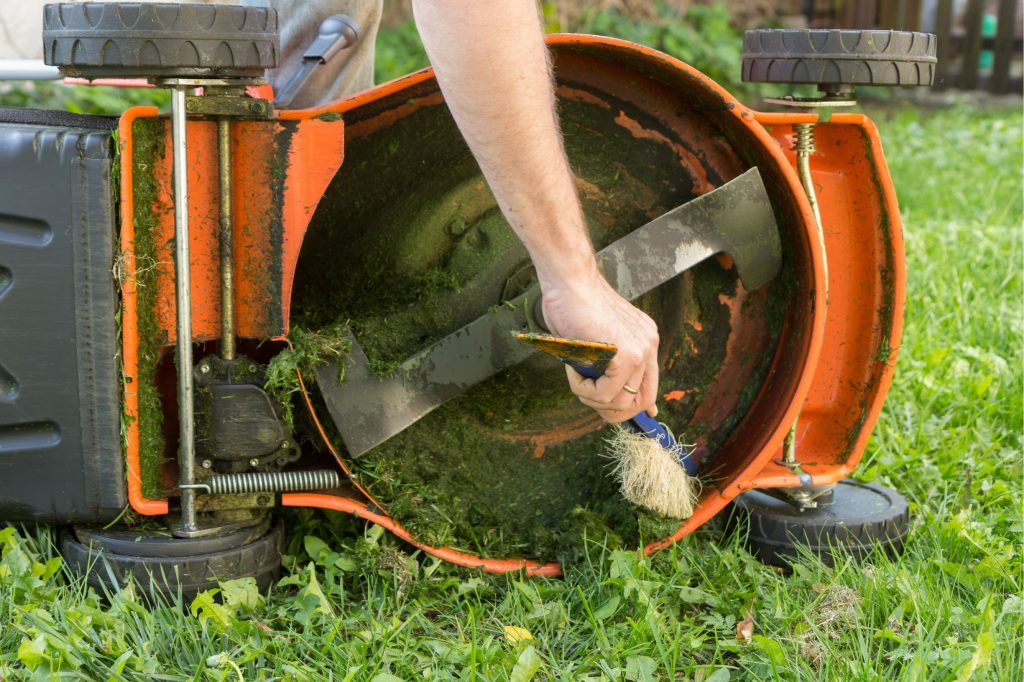 One of the most crucial aspects of lawn mower maintenance is cleaning.
One of the most crucial aspects of lawn mower maintenance is cleaning.
Leaving your mower dirty can affect its performance, cause metal parts to rust, and promote the growth of mould and fungus which can easily be spread across your lawn causing unsightly damage.
Cleaning your lawn mower can help prevent these issues and extend its lifespan, giving you years of trouble-free mowing.
Here are the key steps to follow:
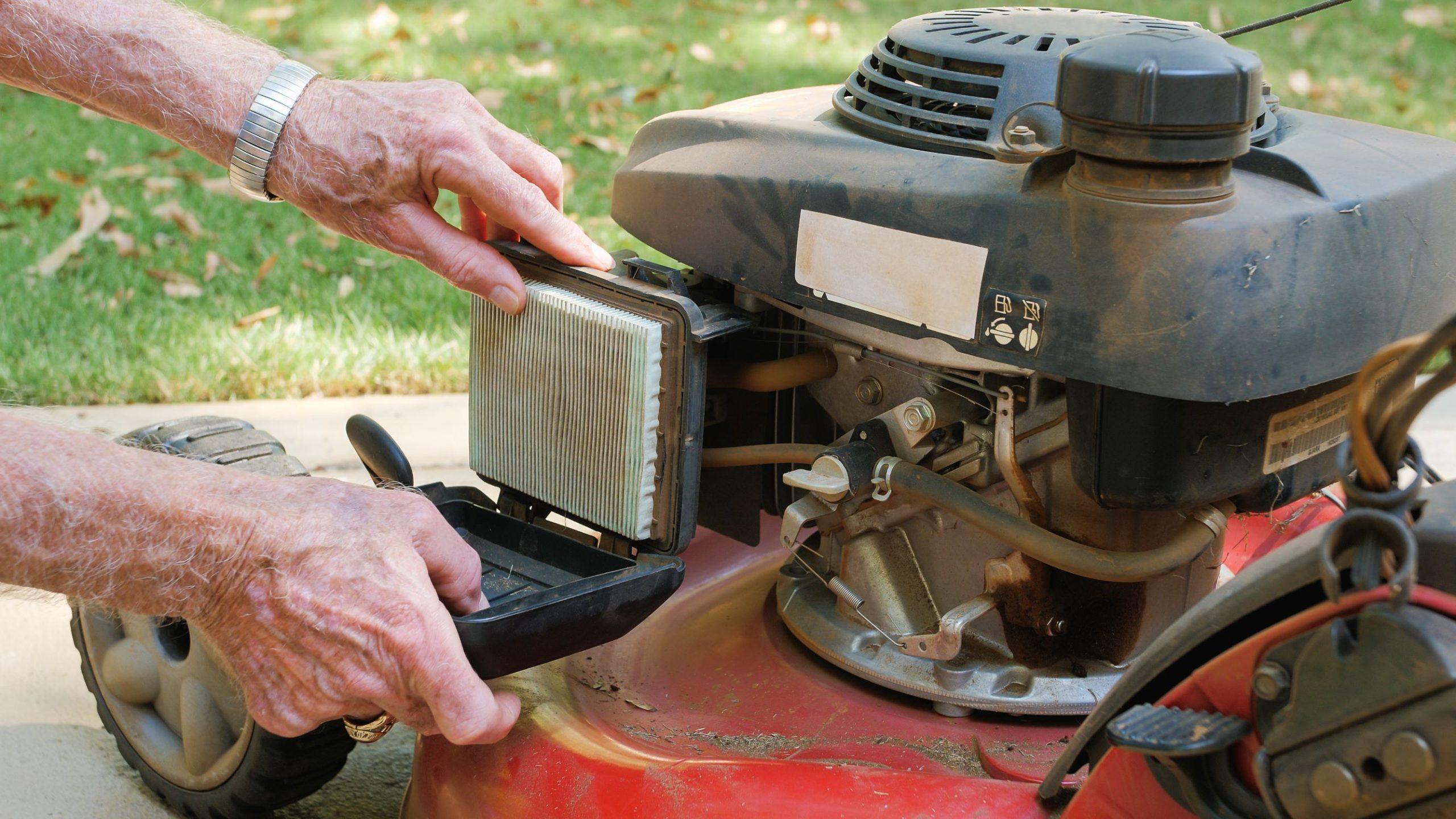 The air filter is an essential component of your lawn mower’s engine as it prevents dust and debris from entering the engine.
The air filter is an essential component of your lawn mower’s engine as it prevents dust and debris from entering the engine.
A dirty air filter can interfere with the mower’s performance and cause the engine to overheat. It is advisable that you check the air filter every season. The key steps to follow when cleaning the air filter are:
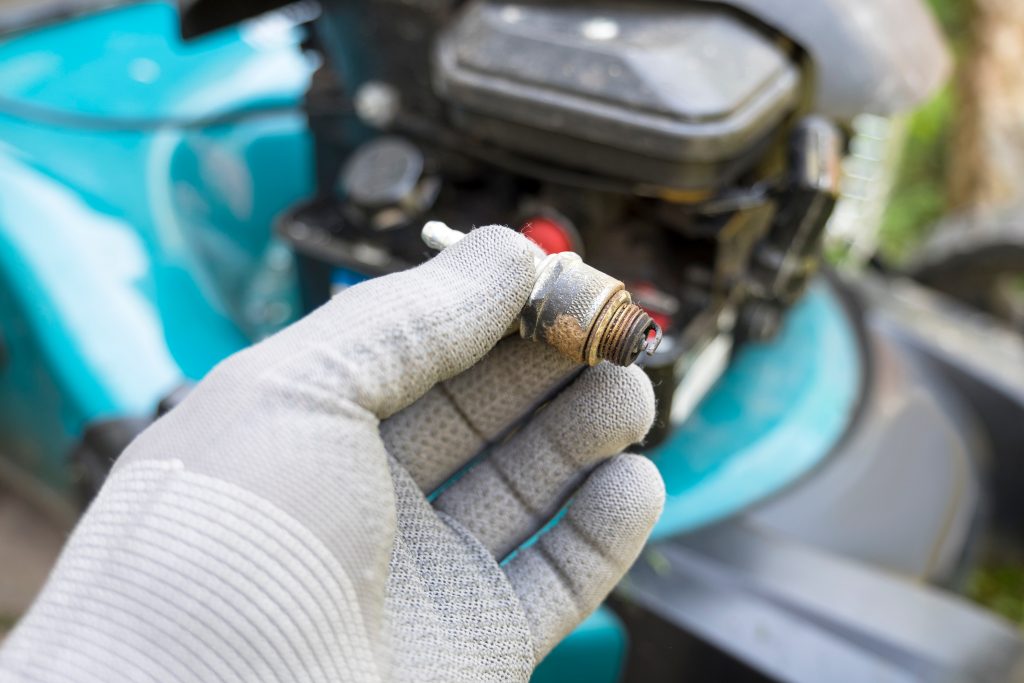 The spark plug is responsible for igniting the fuel mixture in the engine’s combustion chamber.
The spark plug is responsible for igniting the fuel mixture in the engine’s combustion chamber.
A damaged or worn spark plug can cause your lawn mower to run poorly or not start at all. We recommend spark plugs be replaced every 12 months or sooner if your mower gets a lot of use.
Here are the key steps to follow when changing the spark plug:
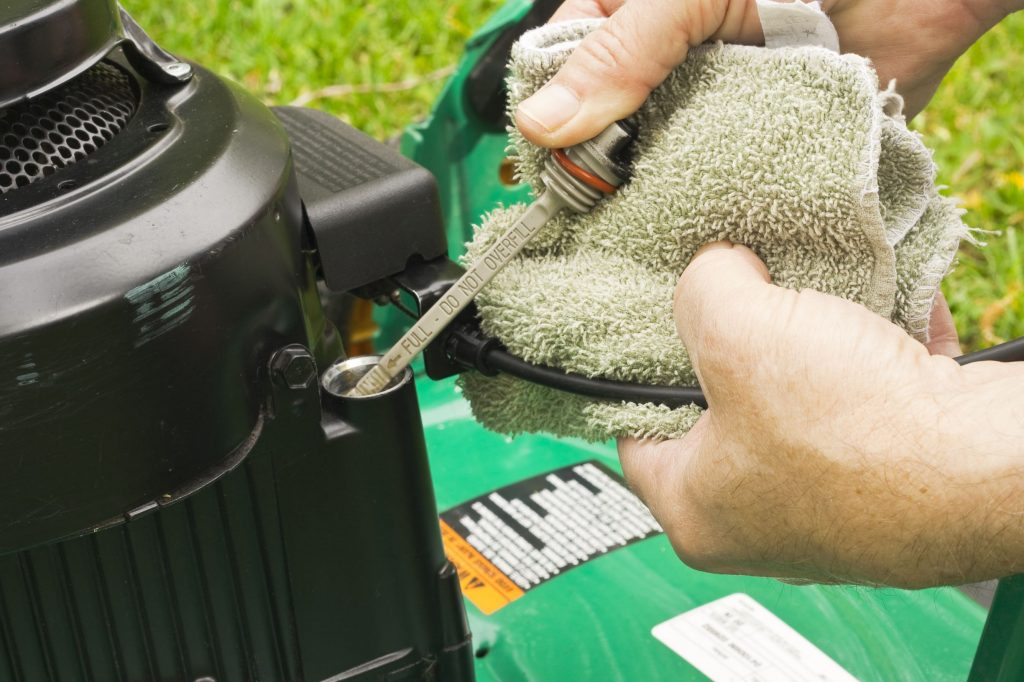 Regularly changing the oil in your lawn mower can help it run more smoothly and last longer.
Regularly changing the oil in your lawn mower can help it run more smoothly and last longer.
Most manufacturers recommend changing the oil after every 50 hours of use or at least once a year.
This applies only to four-stroke mowers which have a separate reservoir for oil. Mowers with two-stroke engines require a mixture of petrol and oil to be added to the fuel tank.
There’s more information about the differences between four-stroke and two-stroke lawn mowers here.
Key steps to follow when changing the oil are:
Be sure to check the owner’s manual for the exact type and amount of oil needed for your lawn mower.
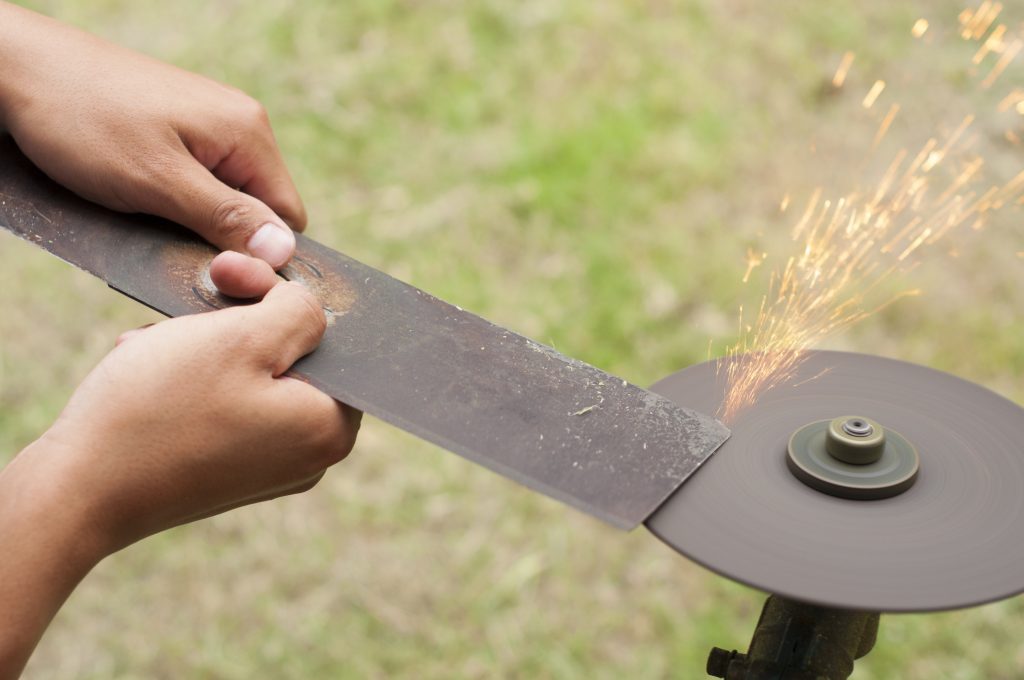 A dull blade can damage your lawn and make your mower work harder than it needs to, leading to decreased performance and a shorter lifespan.
A dull blade can damage your lawn and make your mower work harder than it needs to, leading to decreased performance and a shorter lifespan.
Sharpening the blade is an essential part of lawn mower maintenance and should be done at least once a year, more often if you have a large lawn or frequently encounter rocks or other debris.
Key steps to follow when sharpening the blade are:
Over time, dirt and debris can accumulate in the fuel system, leading to blockages and poor performance.
To prevent this, it’s important to regularly check the fuel system and clean or replace any parts as needed.
Key steps to follow when checking the fuel system are:
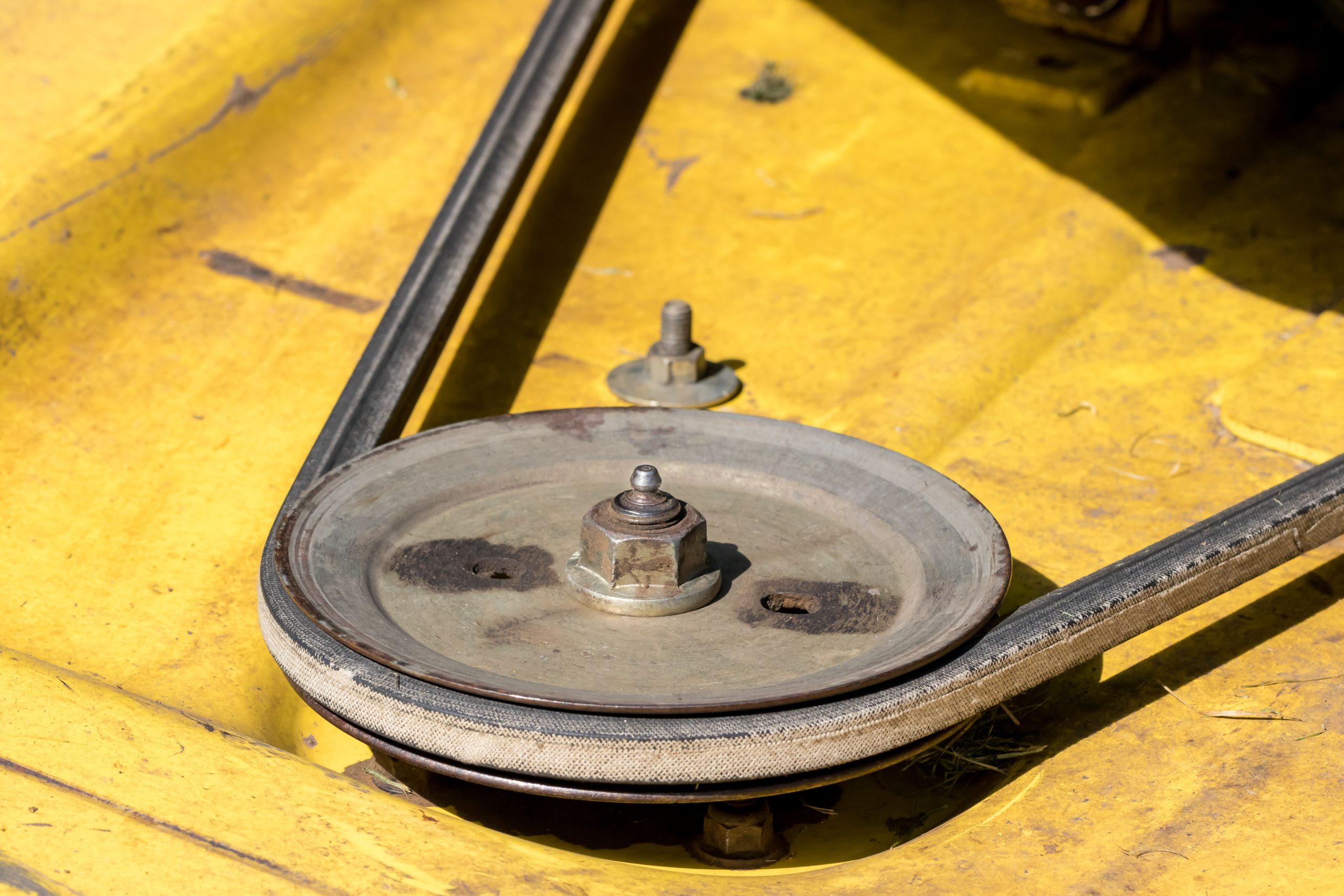
On larger mowers such as ride-ons, the belts and cables in your lawn mower can become worn or damaged over time. This will lead to reduced performance or even complete failure.
To prevent this, it’s important to regularly inspect the belts and cables and replace any that are worn or damaged.
Key steps to follow when inspecting belts and cables are:
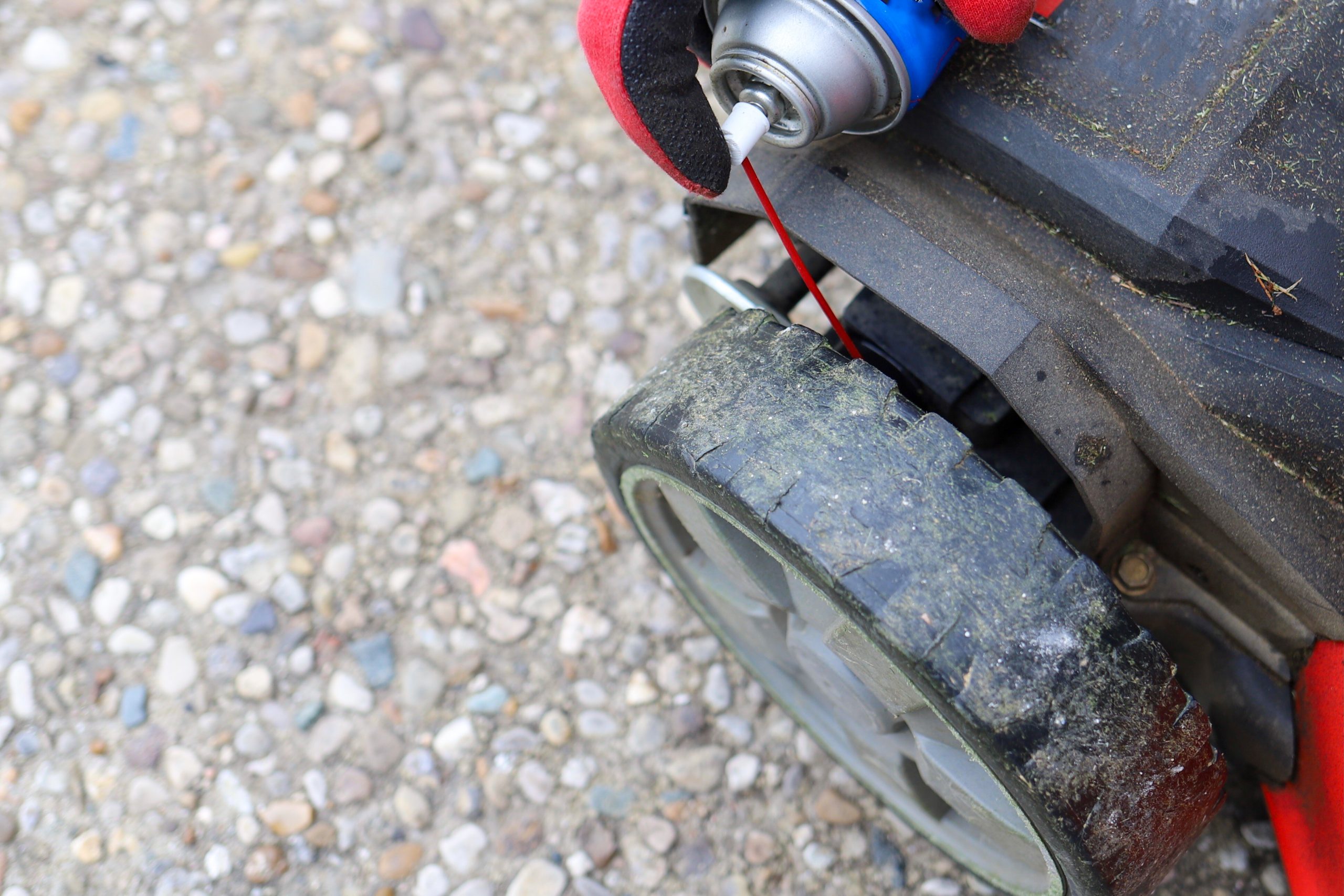 Spray a lubricant such as WD40 onto moving parts, including the wheels, throttle cable and height adjustment lever, using a rag to wipe off any excess.
Spray a lubricant such as WD40 onto moving parts, including the wheels, throttle cable and height adjustment lever, using a rag to wipe off any excess.
Once you’ve finished servicing your mower, store it in a safe, dry place when not in use.
This article contains general information that might not apply to all mowers.
If you need information specific to your particular model, refer to the owner’s manual or go online to check the manufacturer’s instructions and recommendations.
Or if you’re in the market for a new mower, take a look at our Lawn Mower Buyers Guide.
Regular lawn mower maintenance is essential for keeping your mower running smoothly and efficiently for years to come.
By following these simple steps for cleaning, oiling, sharpening, and inspecting your lawn mower, you can ensure it’s always in top shape and ready to tackle any job.
Remember to always wear proper safety gear, such as gloves and eye protection, when working on your lawn mower.